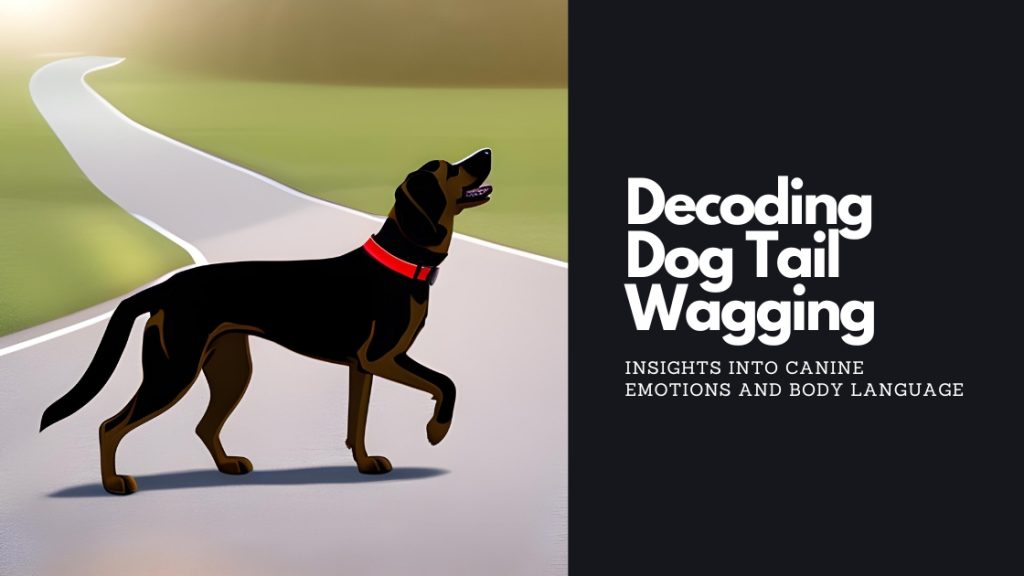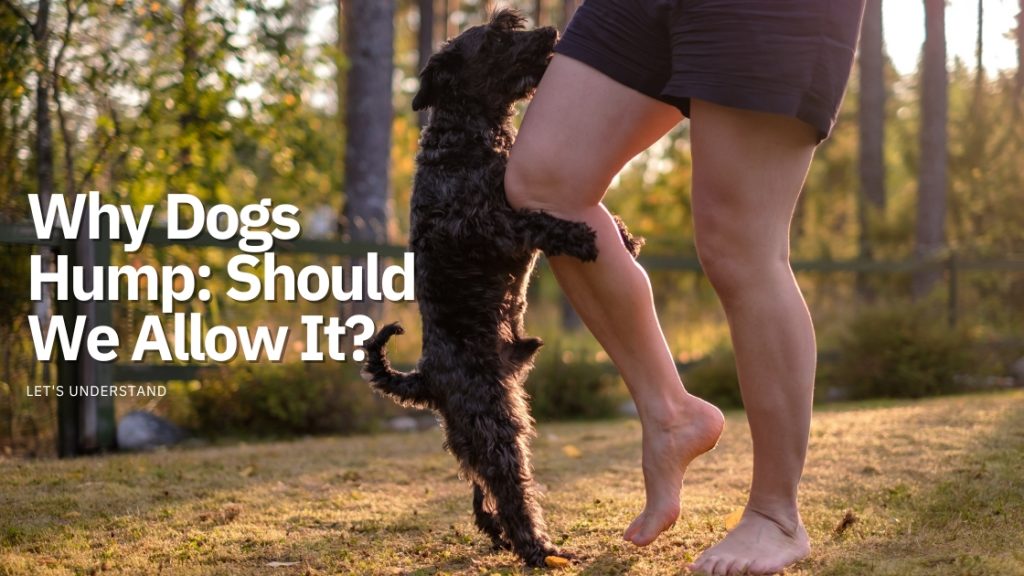As dog owners, we all know that a wagging tail means our dog is happy, but did you know that tail wagging can actually convey much more information than just happiness? The science behind a wagging tail is fascinating and can tell us a lot about a dog’s emotional state.
First, let’s look at the mechanics of tail wagging. A dog’s tail is made up of a series of bones and muscles that allow it to move in different directions. When a dog wags its tail, it’s not just a simple back-and-forth movement.
Tail position is also important in understanding a dog’s emotional state. A tail held high and wagging rapidly is a sign of confidence and excitement, while a tail held low or between the legs is a sign of fear or submission. A tail held straight out can indicate alertness or curiosity.
It’s not just the tail that conveys information about a dog’s emotional state. The position of the ears, eyes, and body posture all play a role in understanding a dog’s body language. For example, a dog with raised ears and a relaxed body is likely feeling confident and happy, while a dog with pinned-back ears and a tense body may be feeling anxious or afraid.
As social creatures, dogs rely heavily on body language and facial expressions to communicate with each other and with humans. Understanding your dog’s body language can help you better communicate with them and strengthen your bond.
So why do dogs wag their tails in the first place? Evolutionary biologists believe that tail wagging evolved as a way for dogs to communicate with each other. In the wild, dogs lived in packs with a clear hierarchy and routine. Tail wagging was a way for dogs to signal their position in the pack and communicate with other members.
As dogs evolved and became domesticated, tail wagging took on new meanings. Dogs use tail wagging to communicate with humans as well, signaling their emotional state and communicating their needs. For example, a dog may wag its tail when it sees its humans coming home, indicating happiness and excitement.
In addition to understanding your dog’s body language, it’s important to pay attention to the context in which they are wagging their tail. A dog who is wagging their tail while growling or baring their teeth may be feeling aggressive, while a dog who is wagging their tail while cowering or backing away may be feeling fearful.
In conclusion, a dog’s tail can convey a wealth of information about their emotional state. Understanding the mechanics of tail wagging and other forms of body language can help us better communicate with our dogs and strengthen our bond. As social creatures, dogs rely on body language and facial expressions to communicate with each other and with humans. Paying attention to your dog’s body language can help you better understand their needs and emotions, and ultimately lead to a happier and healthier relationship.



